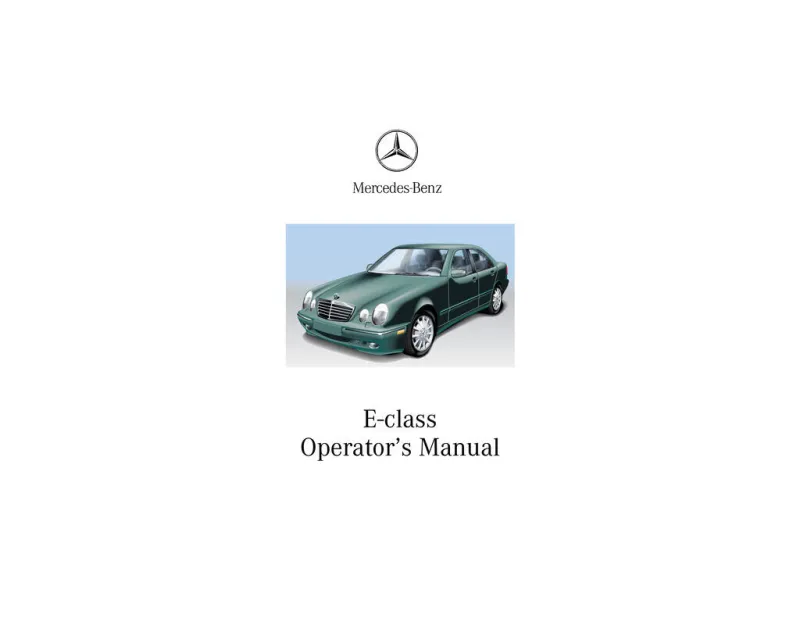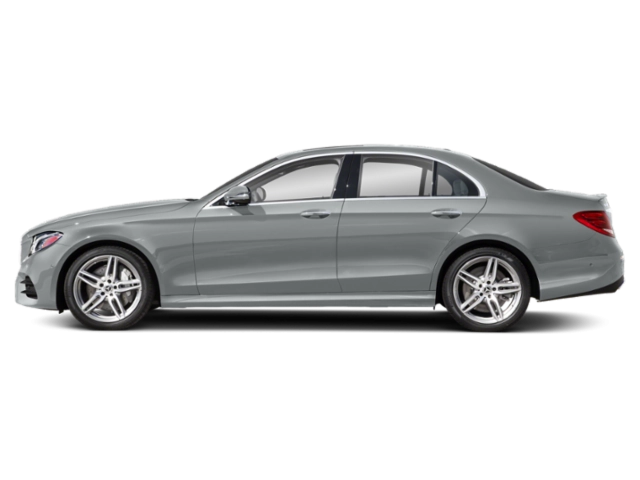2001 Mercedes-Benz E Class Owner's Manual

Table of Contents
2001 Mercedes-Benz E Class Overview
Introduction
The 2001 Mercedes-Benz E-Class represents the pinnacle of luxury and performance within the midsize sedan segment. Combining sophisticated design, innovative technology, and exceptional driving dynamics, the E-Class has earned its reputation as a desirable choice for drivers who seek both comfort and prestige. This model year refined the E-Class lineage, highlighting its commitment to safety, reliability, and opulence that is characteristic of the Mercedes-Benz brand.
Powertrains
The 2001 E-Class offers a range of impressive powertrains that cater to different driving styles. The lineup begins with the E320, which is powered by a 3.2-liter inline-six engine producing 225 horsepower. For those seeking more exhilarating performance, the E430 comes equipped with a robust 4.3-liter V8 engine generating 275 horsepower. Additionally, the E55 AMG variant takes performance to the next level with a supercharged 5.5-liter V8 engine, delivering an exhilarating 349 horsepower, ensuring a thrilling driving experience for enthusiasts.
Trims
This model year features several trims that offer various levels of luxury and technology. The E320 and E430 trims provide a sumptuous interior with high-quality materials, while the E55 AMG elevates the sporty aspect with enhanced suspension and performance-oriented features. Each trim is designed to cater to the particular needs of discerning buyers, ensuring that there is a perfect fit for every lifestyle.
Features
The 2001 E-Class is equipped with an impressive array of features that enhance driving enjoyment and passenger comfort. Standard amenities include dual-zone climate control, premium audio systems, and power-adjustable front seats. Safety is also a top priority, with advanced features such as traction control, anti-lock braking system, and multiple airbags, ensuring peace of mind on every journey.
Owners Manual
The owner's manual for the 2001 Mercedes-Benz E-Class serves as an essential resource for new owners. It provides in-depth information about the vehicle's features, maintenance schedules, and troubleshooting tips, ensuring that owners can maximize their enjoyment and longevity of their luxury sedan. This comprehensive guide contributes to the overall ownership experience, making it easy to navigate the many sophisticated technologies that the E-Class has to offer.
User manual download
The Mercedes-Benz E Class owner manual for the 2001 model year is to be found in PDF downloadable format on this page. The owner manual for the model year 2001 is free and in English, but the repair manuals are usually not easy to get and may cost more.
Manual Questions
Fill the form below and someone will help you!

